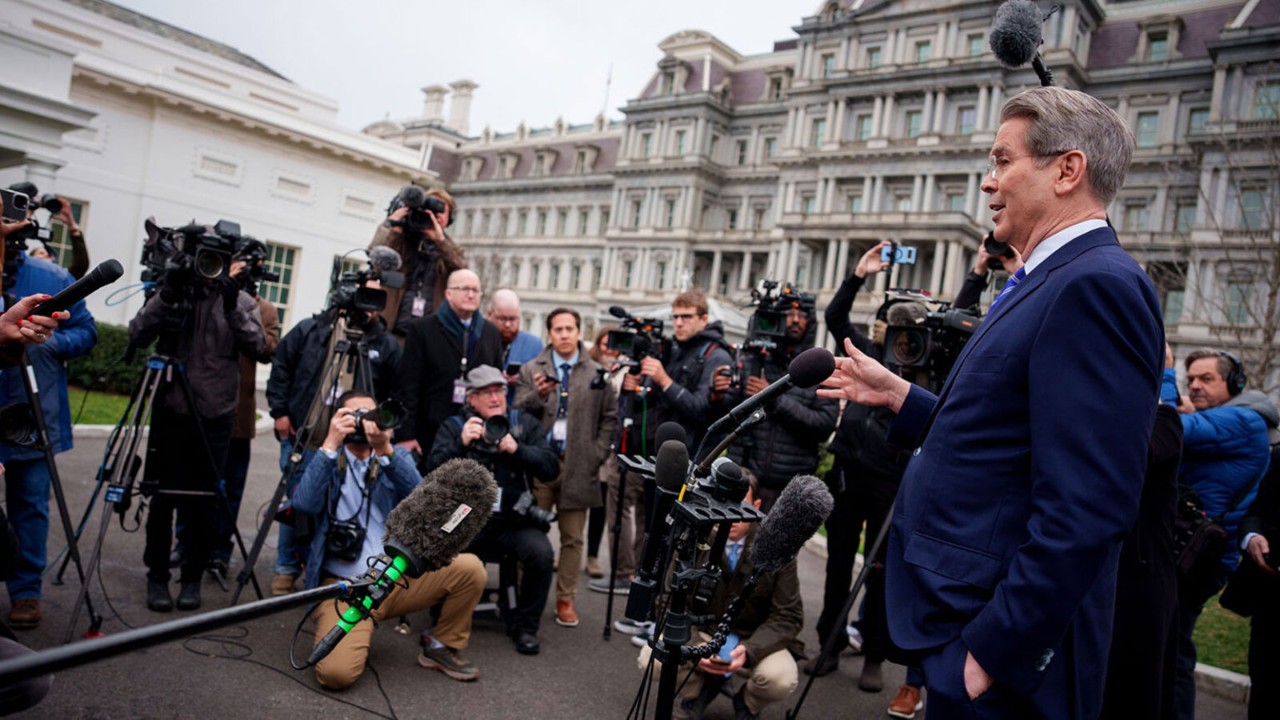
Type the word ‘tariffs’ into Google Trends and the results may leave you speechless: the worldwide popularity index of the term has in fact surged from four in early November, before the re-election of President Donald Trump, to the current 91 (peaking at 100 – the highest possible value – on 19 March).
Although the reason is obvious (ie the imposition of tariffs on Canadian, Mexican, Chinese and European goods crossing US borders) and the consequent trade wars somewhat predictable, the speed and magnitude of changes have triggered an exceptionally high level of interest and caught some parts of the world of trade off guard, with many exporters now facing big challenges.
Build new processes
In the EU and UK, the most affected export industries include car manufacturers, aluminium and steel producers and the pharmaceutical sector.
‘The first thing to understand is your full supply chain and the rules of origin’
The UK medicinal and pharmaceutical industry alone, for example, exports approximately £8.8bn of products a year to the US, but ‘it’s more than just the cost aspect of any new expected tariff for pharma companies’, says Louis Miles-Stringer, customs manager at Evelyn Partners (soon to be S&W).
‘They are now having to build new processes because pharmaceutical products have traditionally been subject to 0% duties globally and these businesses have not had to deal with the regulatory side of things so far.’
Supply chain visibility
That is why having a customs and trade strategy, and becoming familiar with reporting and compliance requirements if you export to the US, is now crucial.
‘The first and very important thing to understand is your full supply chain and the rules of origin,’ says Miles-Stringer. ‘For instance, just because something comes from Germany doesn’t necessarily mean that it’s originated in Germany for customs purposes. Any exporter should work out what the actual inputs are in Germany as opposed to other countries, especially with tariffs being levied on Chinese-origin goods entering the US.
‘You really need to precisely determine what goes into your products because it could be that nothing is deemed to be sourced in Germany.’
The burden is normally on the importer to prove the origin to the customs authorities
This can be complicated in the case of complex supply chains, and the burden is normally on the importer in a jurisdiction to prove the origin to the customs authorities. In certain scenarios, a business may be required to go all the way down the supply chain to fully understand what the country of origin is.
‘And it would be sensible to do this before embarking on any import/export process,’ says Miles-Stringer. ‘Also, and we have witnessed this with Brexit, the people who plan earlier tend to be in a better position and will probably come out on top.’
Manufacturing considerations
The second decision that some businesses may need to consider (or reconsider) is where to carry out the whole manufacturing processes, which may result in activities being shifted to different markets.
‘Say, for example, that, unlike the EU, the UK gets away with the imposition of US tariffs, this may result in activities being moved to the UK, as there would be an opportunity to produce in a duty-free manufacturing country,’ says Miles-Stringer.
Another strategy that can be explored is trying to reduce as much as possible the base cost of the products for customs and tariffs purposes.
‘If you can exclude elements from the customs value, you can reduce what you pay’
‘This is a key mitigation strategy,’ says Miles-Stringer. ‘If you can exclude certain elements from the customs value of a product, you can ultimately reduce what you pay. In some scenarios, this may be done by diverging from the use of the transfer price for customs valuation purposes or by choosing alternative customs valuation methodologies for inter-company transactions.’
These methodologies include the first-sale-of-export rule, which in specific circumstances allows you to determine the value of an item that is imported into the US with reference to the first transaction in a long supply chain whereby the first in a series of transactions typically has a lower price tag.
In this context, the role of tax advisers, customs specialists and in-house tax teams could be very valuable.
Free trade zones
Miles-Stringer also points to crossborder tax-structuring methodologies, which can mitigate the impact of any tariffs – for example, by setting up subsidiaries and exploring a US presence to obtain duty reliefs. ‘These subsidiaries may utilise regimes such as free trade zones and bonded warehouses in the US, which not only allow tariff-free import, but can also give access to other tax incentives,’ he says.
The big winners of an escalating trade war could be tax and customs specialists
‘By operating in a free-trade zone, you can keep everything bonded in that zone and the duty deferment can give businesses a cashflow advantage, like the one that can be obtained by placing eligible goods in a customs warehouse in the UK.’
A tax function can dive deeper into other areas of the supply chain where there’s scope for duty mitigation – for example, by making sure to use all the right free trade agreements where a business qualifies for duty-free imports, and not just in the US.
It seems that the big winners of an escalating trade war between the US and its main trading partners could in fact be tax and customs specialists and service providers, more broadly.
‘As a matter of fact,’ says Miles-Stringer, ‘customs and trade experts, especially in the US, are already exceptionally busy helping businesses to plan and prepare.’



